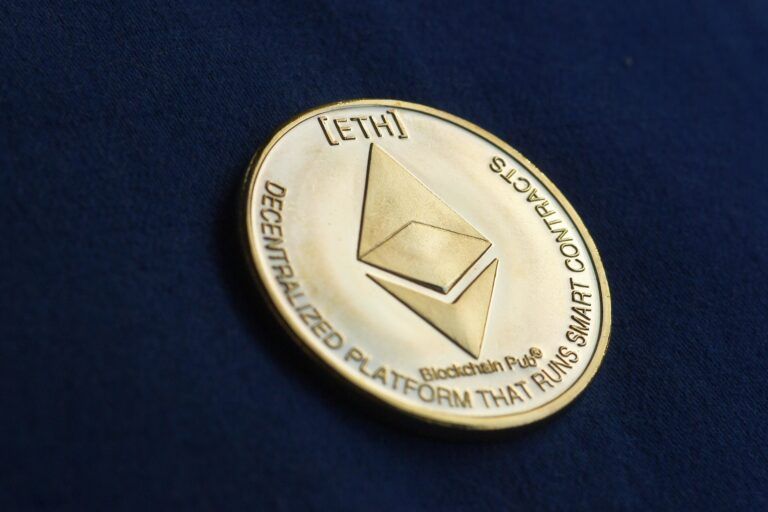A recent research report by financial services giant Citigroup talks about the implications of Ethereum’s upcoming “Merge” protocol upgrade.
Ethereum’s “Merge” hard fork, which is when the Ethereum network is making the transition from proof-of-work to proof-of-stake), is expected to take place around September 15.
Here is how Ethereum Foundation explains The Merge:
“The Merge represents the joining of the existing execution layer of Ethereum (the Mainnet we use today) with its new proof-of-stake consensus layer, the Beacon Chain. It eliminates the need for energy-intensive mining and instead secures the network using staked ETH. A truly exciting step in realizing the Ethereum vision – more scalability, security, and sustainability.
“It’s important to remember that initially, the Beacon Chain shipped separately from Mainnet. Ethereum Mainnet – with all it’s accounts, balances, smart contracts, and blockchain state – continues to be secured by proof-of-work, even while the Beacon Chain runs in parallel using proof-of-stake. The approaching Merge is when these two systems finally come together, and proof-of-work is replaced permanently by proof-of-stake.
“Let’s consider an analogy. Imagine Ethereum is a spaceship that isn’t quite ready for an interstellar voyage. With the Beacon Chain, the community has built a new engine and a hardened hull. After significant testing, it’s almost time to hot-swap the new engine for the old mid-flight. This will merge the new, more efficient engine into the existing ship, ready to put in some serious lightyears and take on the universe.“
According to a report by CoinDesk, last week, Citigroup released a research report that looked at the implications of the Merge, which “include lower energy intensity, the transition into a deflationary asset and a ‘potential road map to a more scalable future through sharding’.”
The CoinDesk report went on to say:
“The Merge means that block time will drop to 12 seconds from 13, and that could result in a small decrease in fees and an increase in speed, the note said… Citi says switching from PoW will reduce overall issuance of ether by 4.2% a year, and with ether (ETH) eventually becoming deflationary, this may improve the case for the token as a store of value…
“The move to PoS turns ETH into a ‘yield-bearing asset’ with cash flows, the bank said, which may be interpreted as a form of revenue for the network. Having potential cash flows would allow the use of a range of valuation methods that aren’t available for the blockchain now, the bank added… Because Ethereum will be both yield-bearing and deflationary, it is less likely to be the blockchain with the highest throughput. Given its ‘enhanced store-of-value properties,’ it is more likely to be where a growing amount of total value locked is secured and transacted, the note said…
“Post-Merge ETH could be viewed as a relatively energy-efficient and environmentally friendly crypto asset, as energy expenditure is expected to decrease by 99.95%, the note added.“
On August 11, prominent MIT AI Researcher Lex Fridman said that he had had a chat with Ethereum creator Vitalik Buterin. Interestingly, Friedman, who is not particularly prone to exaggeration or hyperbole, called the Merge “an important moment in the history of crypto.”
On July 21, Buterin shared his thoughts about “the longer-term future of the Ethereum protocol” at the annual Ethereum Community Conference (EthCC) in Paris, France.
Buterin started his talk by saying:
“The Etheruem protocol right now is in the middle of this long and complicated transition, and it’s a transition toward becoming a system, which is much more powerful and robust in a lot of ways, right?
“At the end of the last year, I published this kind of updated roadmap document, where I talked about these big five categories of stuff that’s happening in Ethereum protocol land, where there’s the merge, the surge, the verge, and then a bit lower is going to be the purge and the splurge, right?
“The Merge is proof of stake. The Surge is sharding, and The Verge is Verkle Trees, The Purge is things like state expiry and deleting old history, and The Splurge is basically just all of the other fun stuff.”
Image Credit
Featured Image via Pixabay









